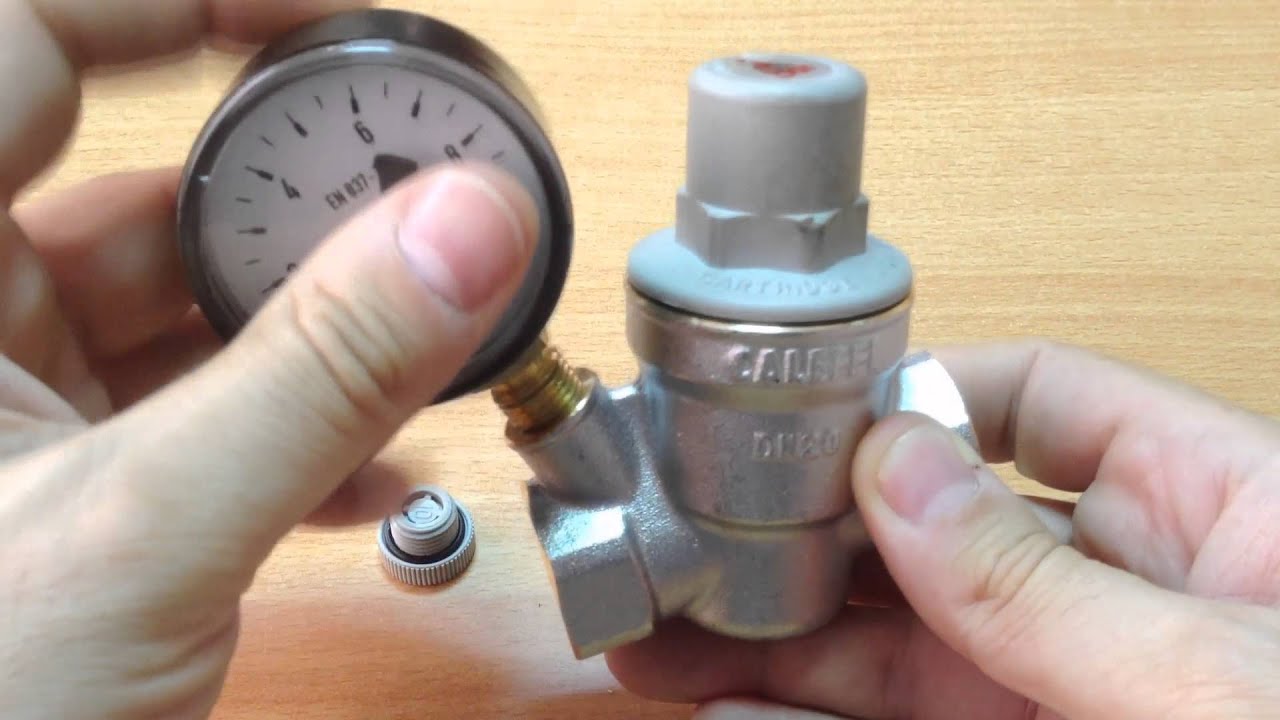Water pressure reducers are crucial components in plumbing systems designed to regulate and lower the water pressure entering a home. This article explores what a water pressure reducer is, its basic functioning, and why it may be necessary for residential applications.
What is a water pressure reducer?
A water pressure reducer, also known as a pressure regulator valve (PRV), is a plumbing device installed in the water supply line to control the pressure of water entering a building. It reduces high incoming water pressure to a safe and manageable level suitable for household use.
How does a water pressure reducer work?
The functioning of a water pressure reducer involves the following basic principles:
- Pressure adjustment: When high-pressure water enters the PRV from the main supply line, it passes through an internal diaphragm or piston mechanism.
- Regulation: The diaphragm or piston adjusts to restrict the flow of water, thereby reducing the pressure downstream.
- Maintaining consistency: The PRV maintains a steady outlet pressure even if the incoming pressure fluctuates, ensuring a consistent and controlled flow of water throughout the home’s plumbing system.
Reasons for installing a water pressure reducer
- Protecting plumbing fixtures: High water pressure can cause damage to pipes, faucets, toilets, and appliances over time. A water pressure reducer helps extend the lifespan of these fixtures by reducing stress on their components.
- Preventing water hammer: Excessive water pressure can lead to water hammer, a phenomenon where sudden pressure surges can damage pipes and create loud banging noises. A PRV mitigates these risks by stabilizing pressure levels.
- Conserving water: Lowering water pressure reduces water consumption and waste, promoting water conservation efforts.
- Enhancing comfort: Optimal water pressure ensures consistent flow at sinks, showers, and appliances, enhancing comfort and usability.
Installation and maintenance
- Location: Water pressure reducers are typically installed near the main water supply entry point into the home, often where the water meter is located.
- Professional installation: It’s recommended to have a licensed plumber install and adjust the PRV to ensure proper functionality and performance.
- Pressure adjustment: Periodically check and adjust the pressure setting of the PRV as needed, especially after installation or if there are changes in water usage patterns.
- Inspection: Regularly inspect the PRV for leaks, corrosion, or signs of wear. Replace the unit if necessary to maintain optimal performance.

Domestic benefits of a water pressure reducer
- Damage prevention: Protects pipes, fixtures, and appliances from potential damage caused by high water pressure.
- Noise reduction: Minimizes water hammer and noisy plumbing system disturbances.
- Energy efficiency: Reduces energy consumption associated with water heating and enhances overall efficiency of household appliances.
- Extended lifespan: Increases the longevity of plumbing components, reducing repair and replacement costs over time.
Conclusion
A water pressure reducer is an essential component in residential plumbing systems, offering numerous benefits such as damage prevention, water conservation, and enhanced comfort. By regulating and stabilizing water pressure, these devices ensure the efficient operation and longevity of household plumbing infrastructure. Understanding their role and importance in maintaining optimal water flow and protecting plumbing fixtures underscores their necessity in modern homes.
In summary, installing a water pressure reducer provides homeowners with peace of mind, knowing that their plumbing system is safeguarded against potential damage and inefficiencies associated with high water pressure. By investing in this simple yet effective device, households can enjoy reliable water supply, reduced maintenance costs, and improved overall efficiency in water usage.
Water pressure reducers are crucial today because they protect plumbing systems from damage caused by high pressure, ensuring longevity of fixtures and appliances. By regulating water flow, they prevent water hammer and reduce energy consumption, promoting efficiency and sustainability in residential and commercial settings alike.
Visit: Water radiator.

